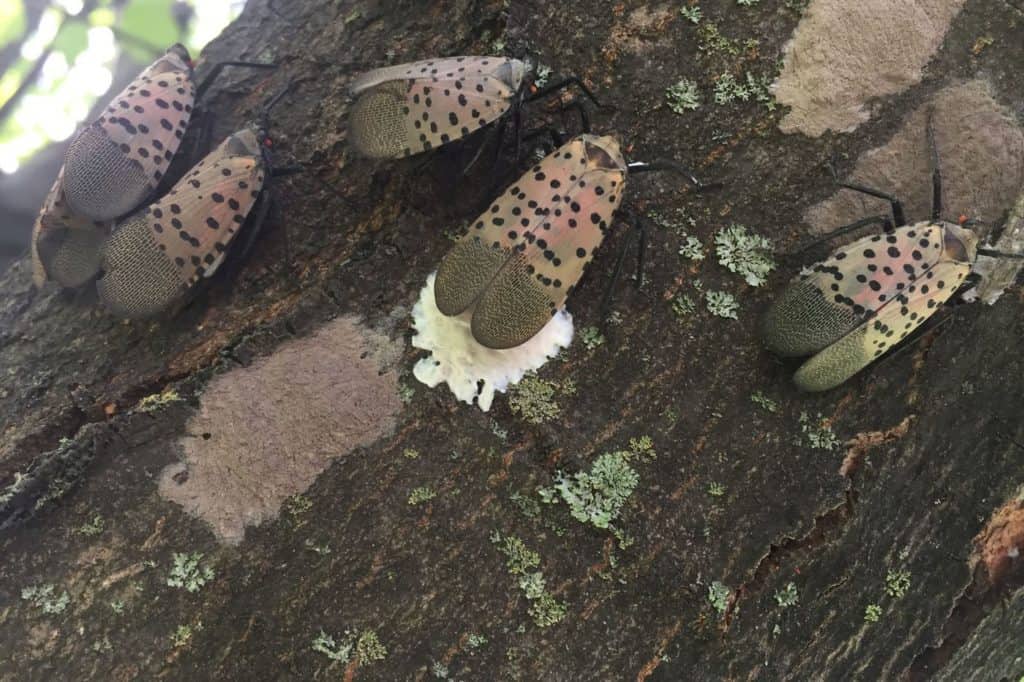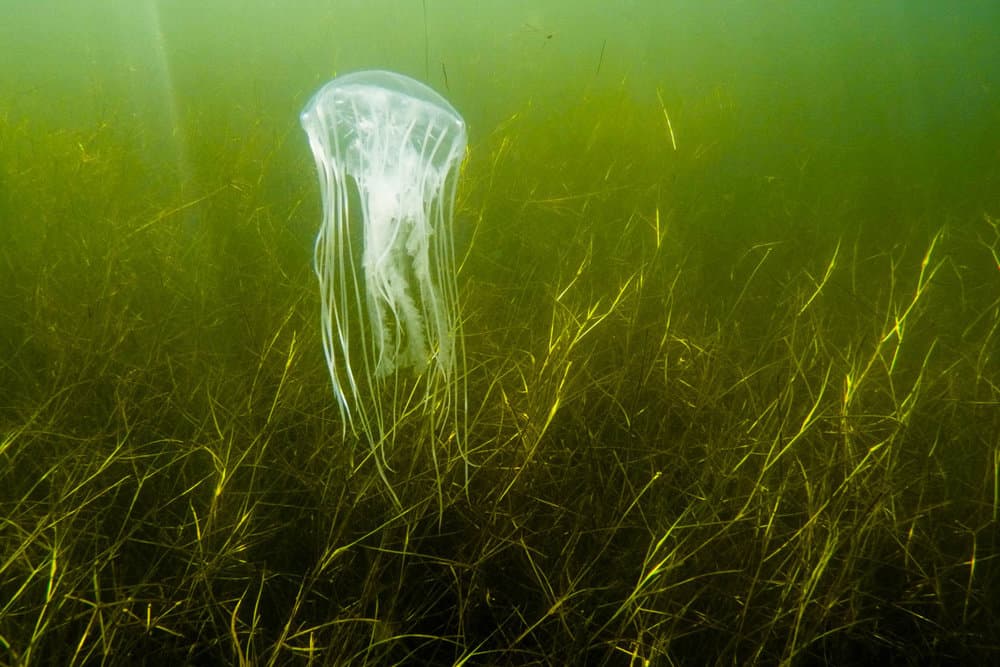It may look like an intriguing insect, but the spotted lanternfly is threatening the ecosystems in parts of the Chesapeake Bay watershed.
At a time when the word “quarantine” is gripping the nation, Pennsylvania is expanding the quarantine zone for the spotted lanternfly by 12 additional counties, bringing the total up to 26 affected counties. It’s not a human health risk, but it threatens our trees and plants. Several of the affected counties sit along the Susquehanna River, which empties into the Chesapeake.
If an area is designated a quarantine zone the state Department of Agriculture limits moving plants or similar items out of the area in order to reduce the spread of the insect. Some of the counties under quarantine are not entirely infested but do have municipalities with infestations.
According to Penn State Extension, an educational arm of the university that works to track the spotted lanternfly and educate the public about its threats to the environment, the insect is native to certain parts of Asia and attacks trees, posing a threat to the landscape.
“The spotted lanternfly is more than a pest in the literal sense,” Agriculture Secretary Russell Redding said in a statement. “It’s wreaking havoc for home and business owners; kids who just want to play outside; Pennsylvania agriculture and the economy of the state we all call home.”
A relatively new invasive pest that has been on the rise in multiple states in the Bay watershed, it was first identified in Berks County, Pennsylvania, in 2014. It’s now almost ubiquitous in the southeastern portions of the state, and a handful of areas in Maryland and Virginia have lanternfly quarantines; the Virginia Department of Agriculture and Consumer Services established quarantines for the city of Winchester and Frederick County, and as of late 2019, both Harford and Cecil Counties in Maryland were quarantine areas.
The Pennsylvania Department of Agriculture says the affected municipalities have been “aggressively treated,” and continued treatment will be made possible by funding from Governor Tom Wolf’s 2019 Farm Bill.
Heather Leach, Extension Associate in PSU’s Department of Entomology, focuses exclusively on the spotted lanternfly, (known by scientists as SLF) which she calls a “sap-sucking pest” that feeds on dozens of plant species. Although researchers are still trying to figure out the insect and its impacts, Leach calls it a “significant plant stressor.”
“We know that it adds stress to any given plant, and depending on what else that plant is facing (e.g. a cold winter, excessive rain, disease pressure), it could significantly damage or potentially kill it.”
Leach says that it’s highly likely the pest will spread throughout more parts of the watershed, but that boosting education and action may be able to reduce infestations.
“In terms of spread, most models suggest that SLF is likely to spread throughout the mid-Atlantic and encompass the Chesapeake Bay. However, if we can delay the expansion as much as possible (by raising awareness, encouraging people do their part, and have USDA/departments of Ag. on the front lines), that buys us time so we can continue to research it and understand ways to control SLF in the long-term, ideally through options that are environmentally sustainable.”
–Laura Adams Boycourt



